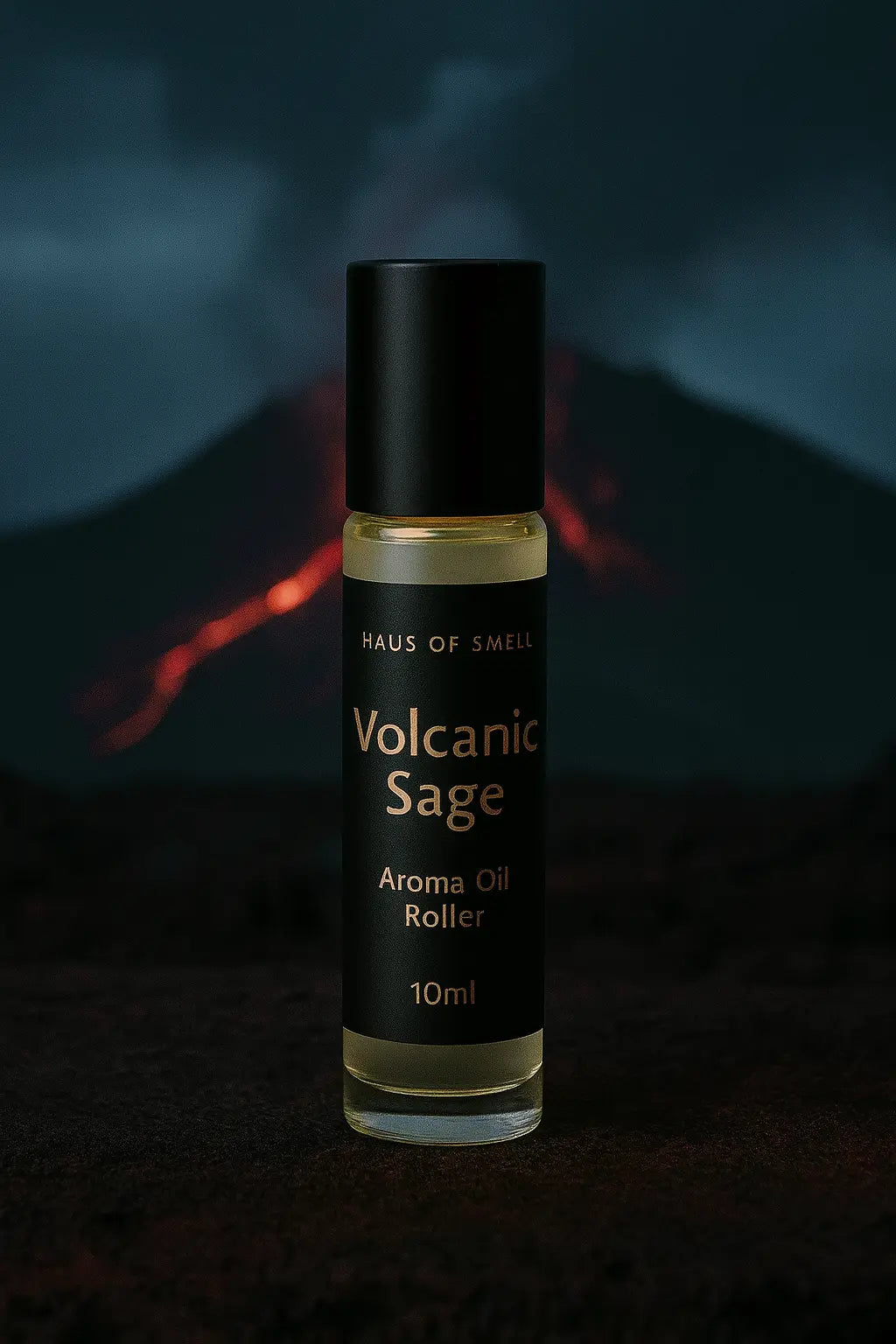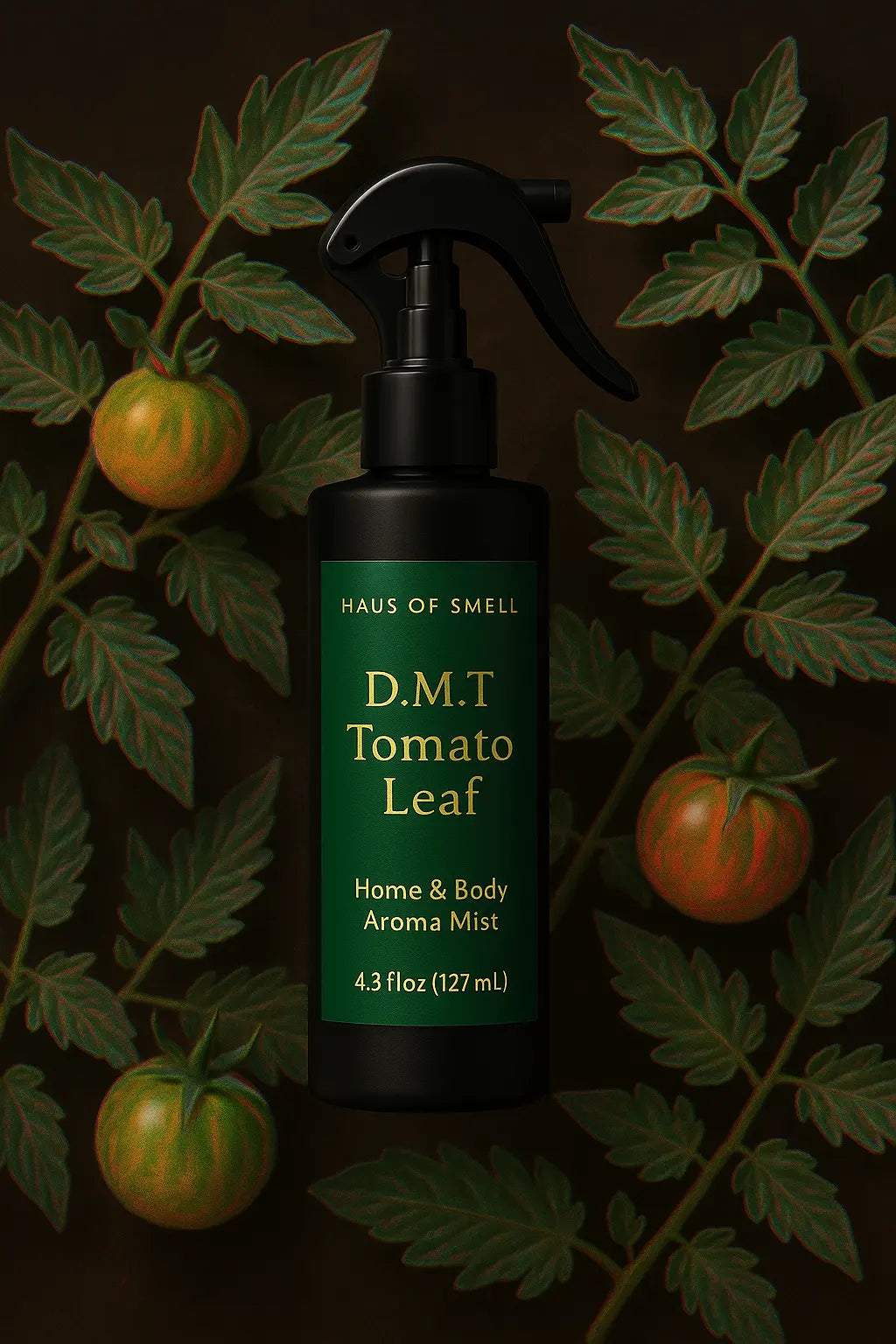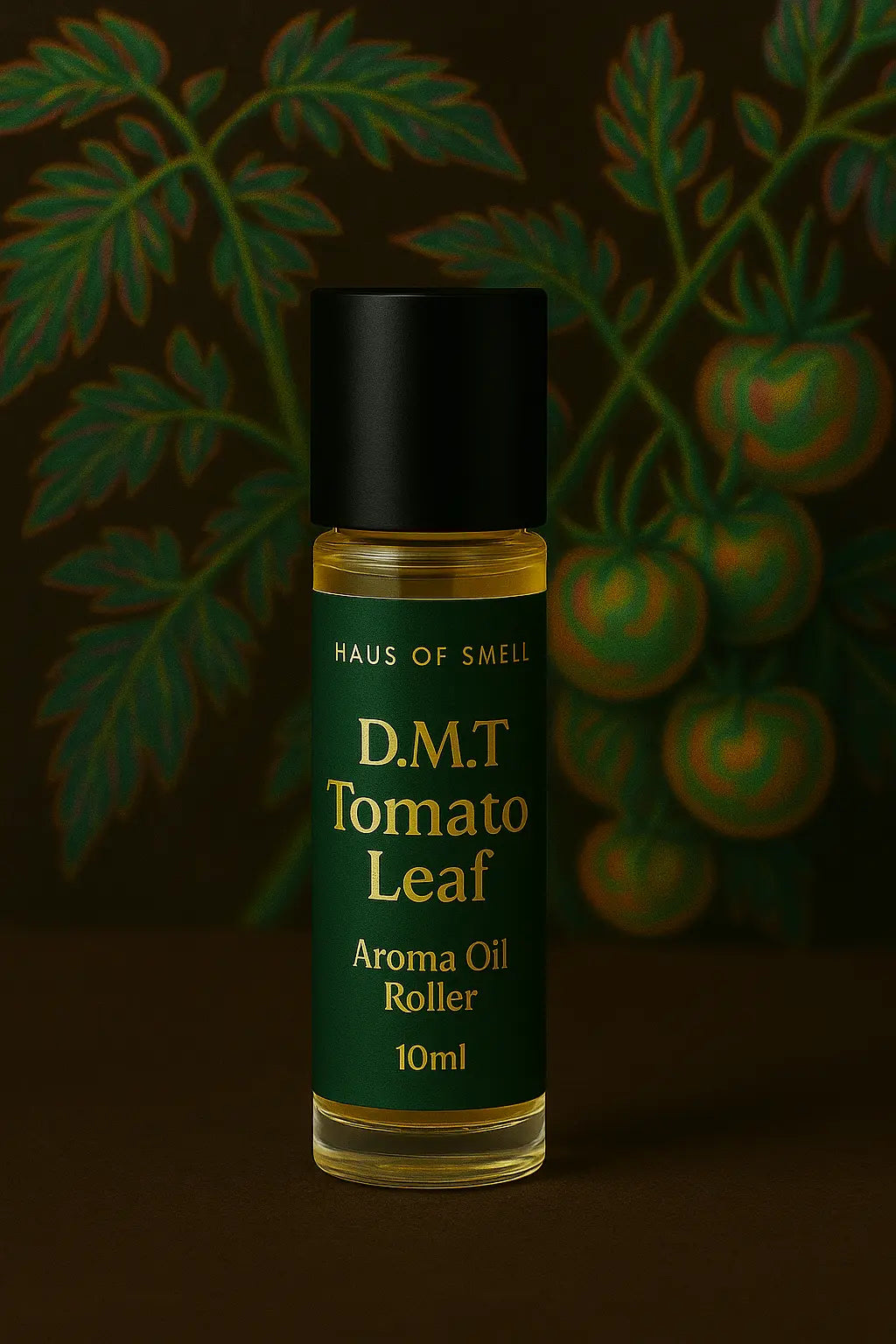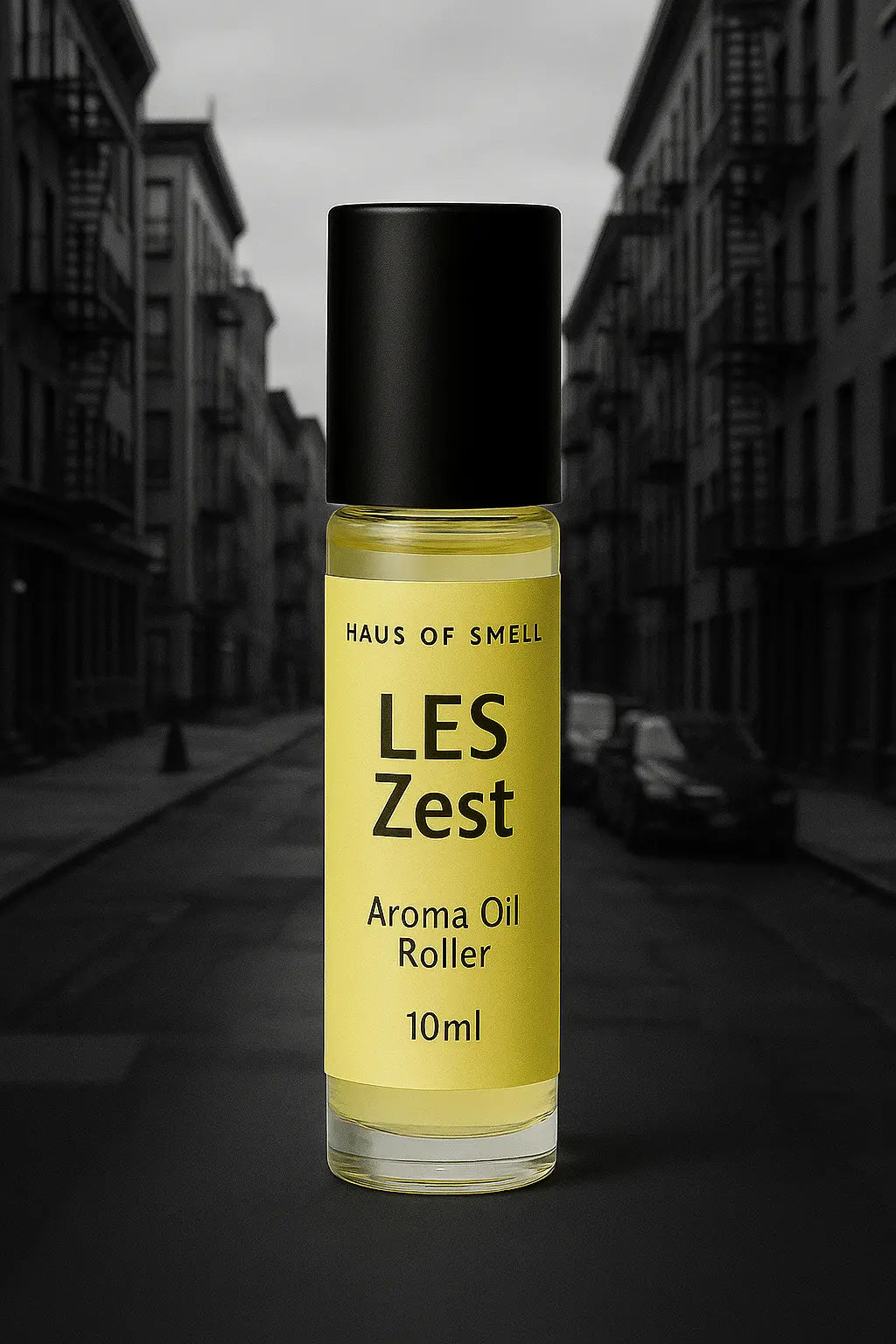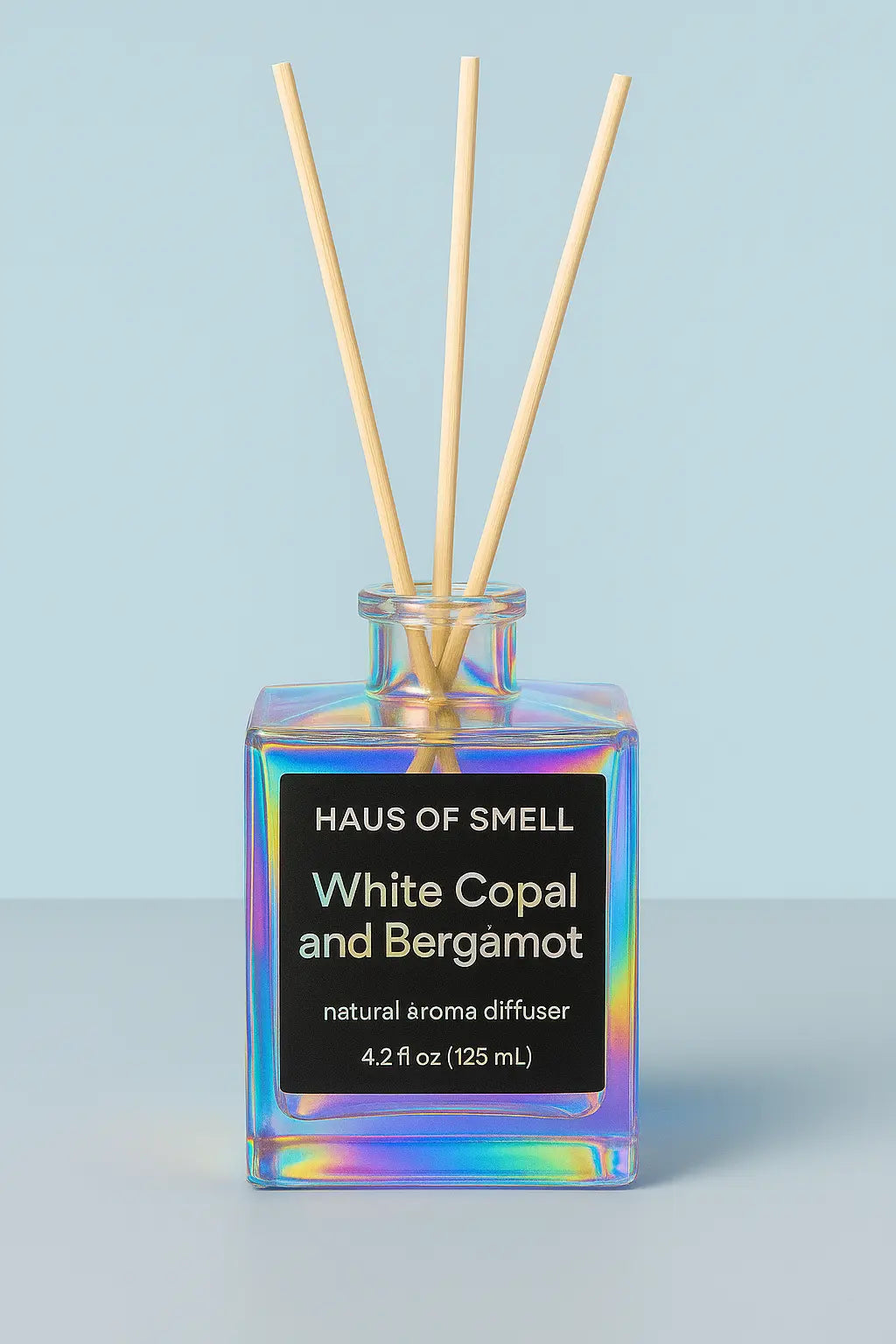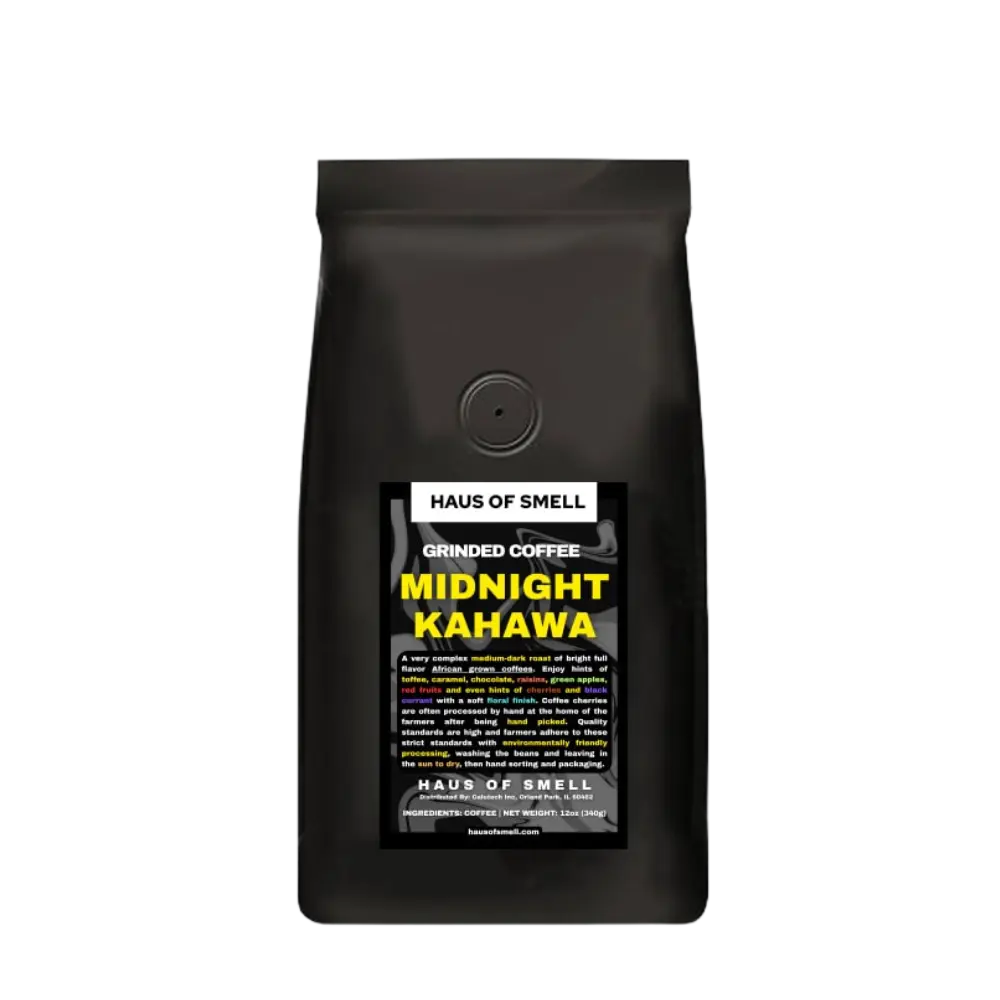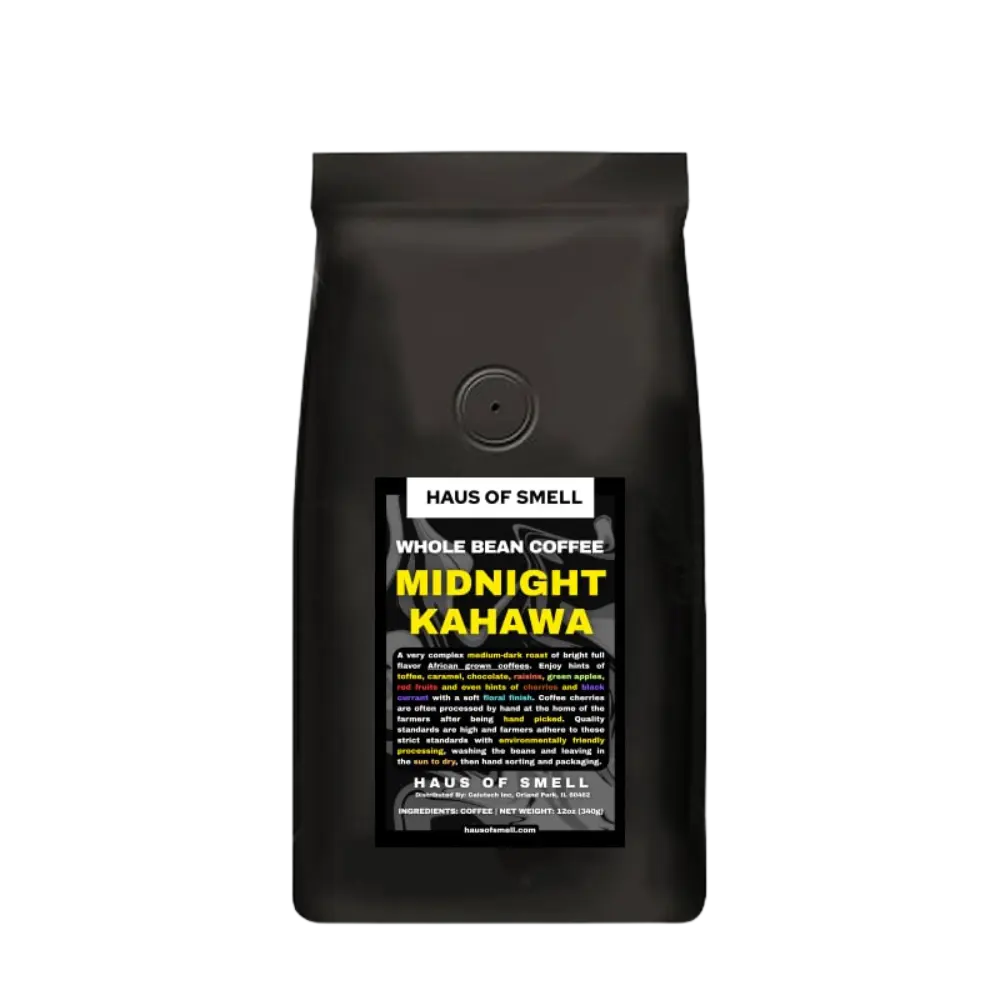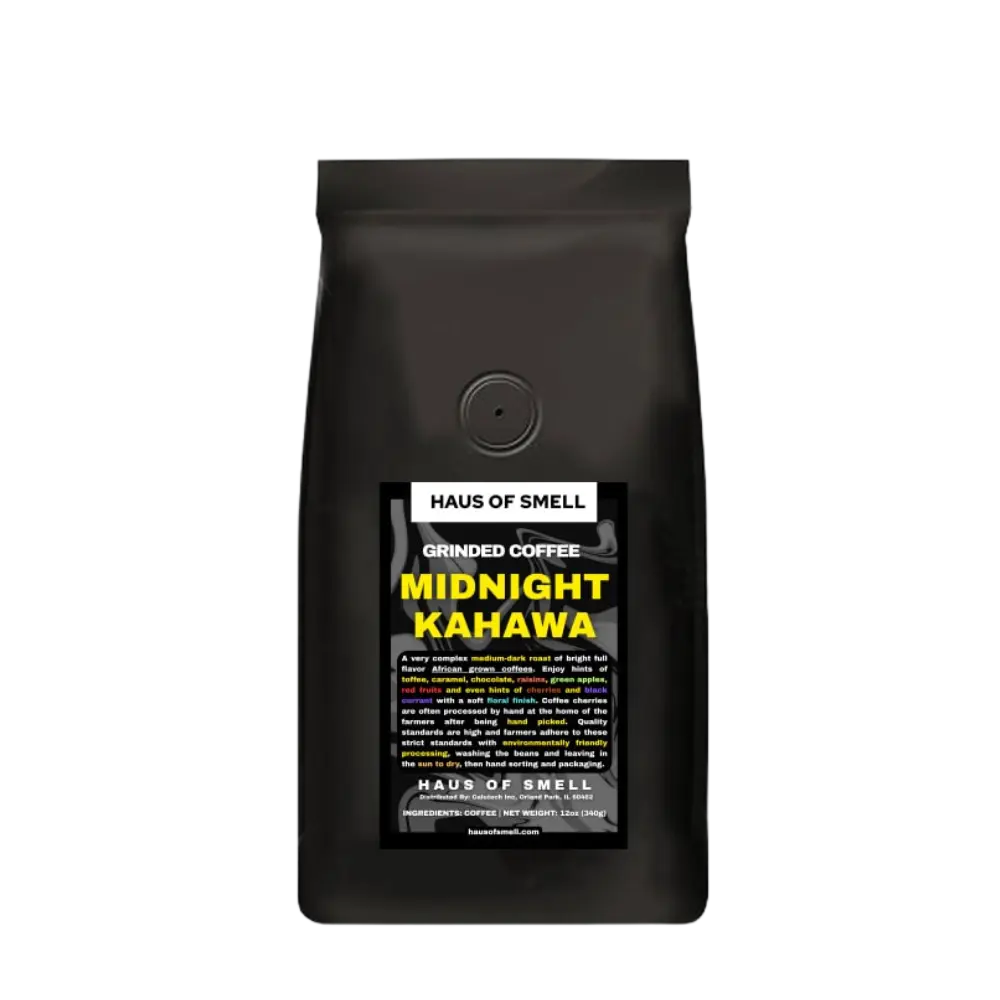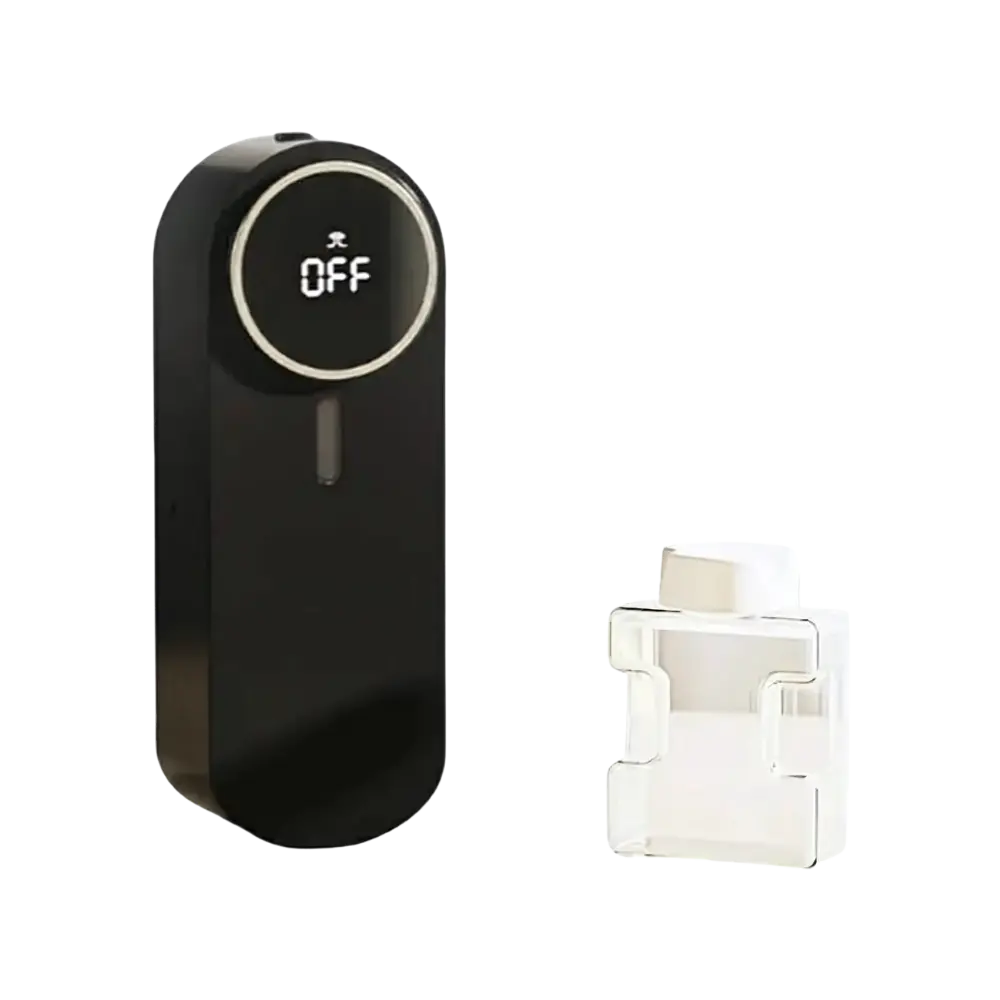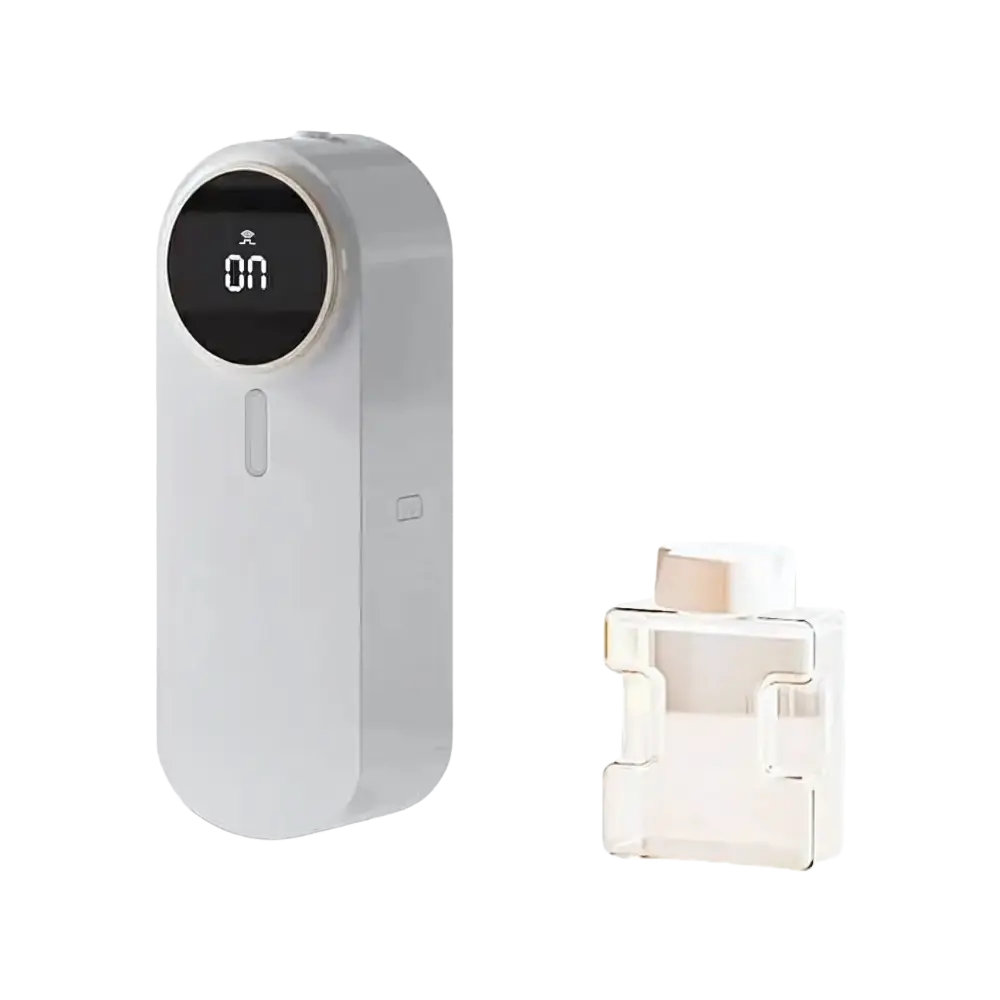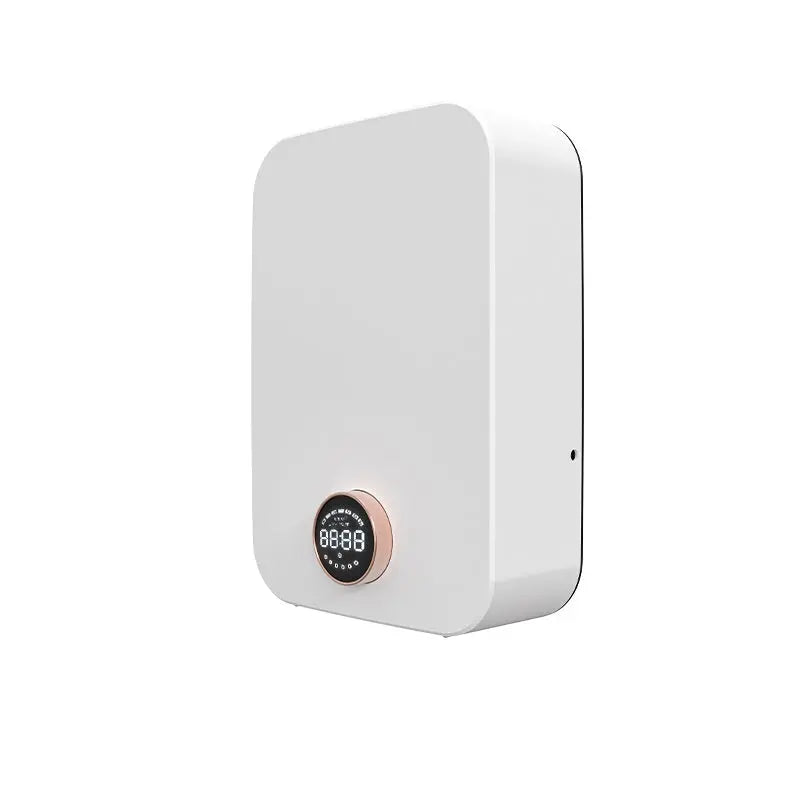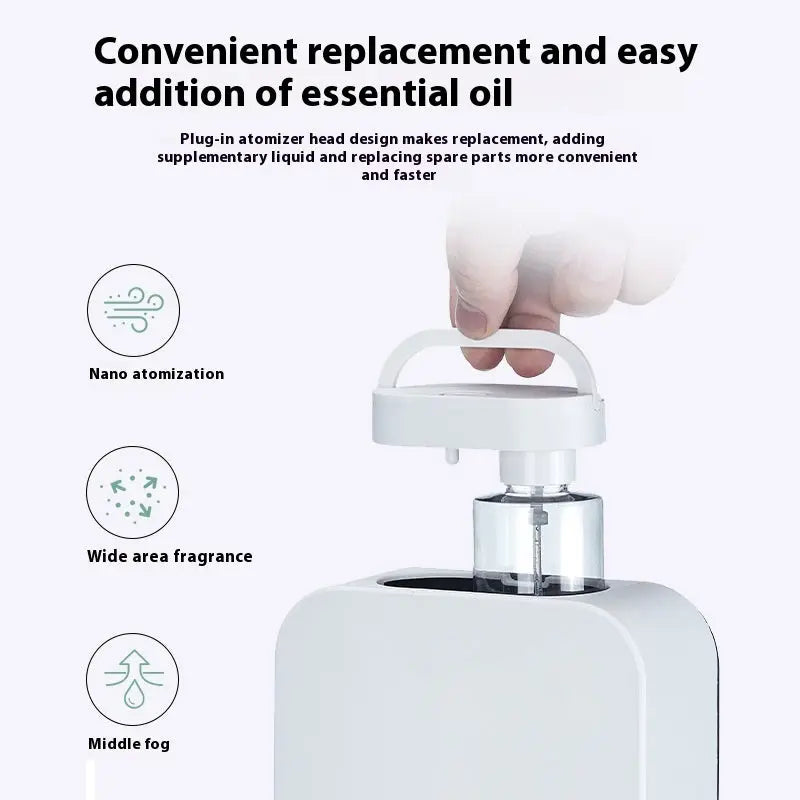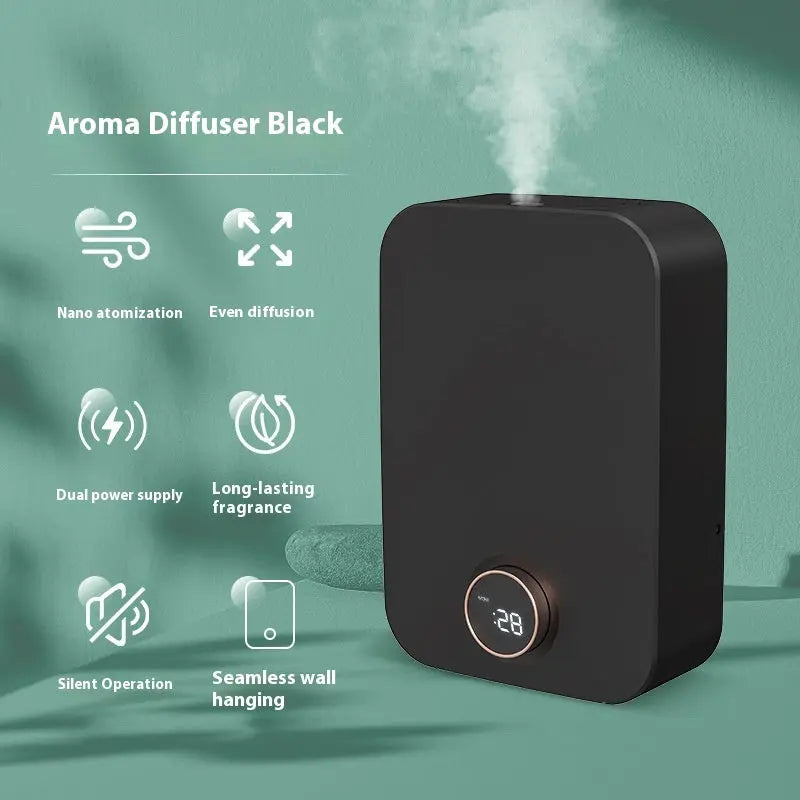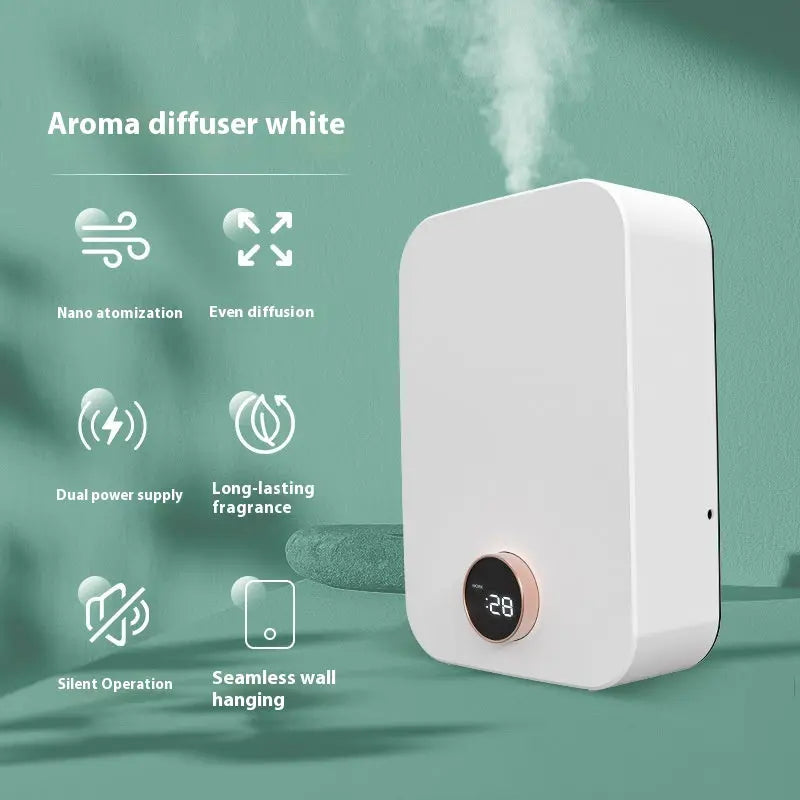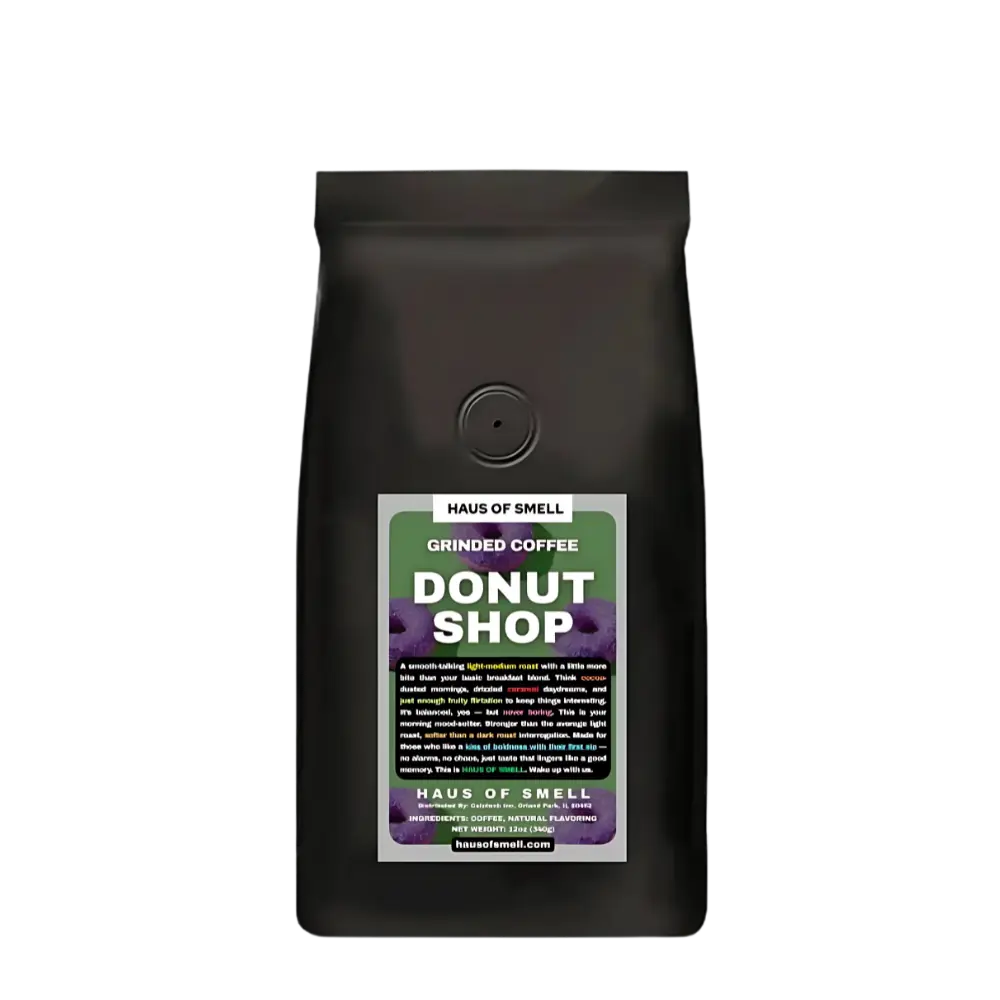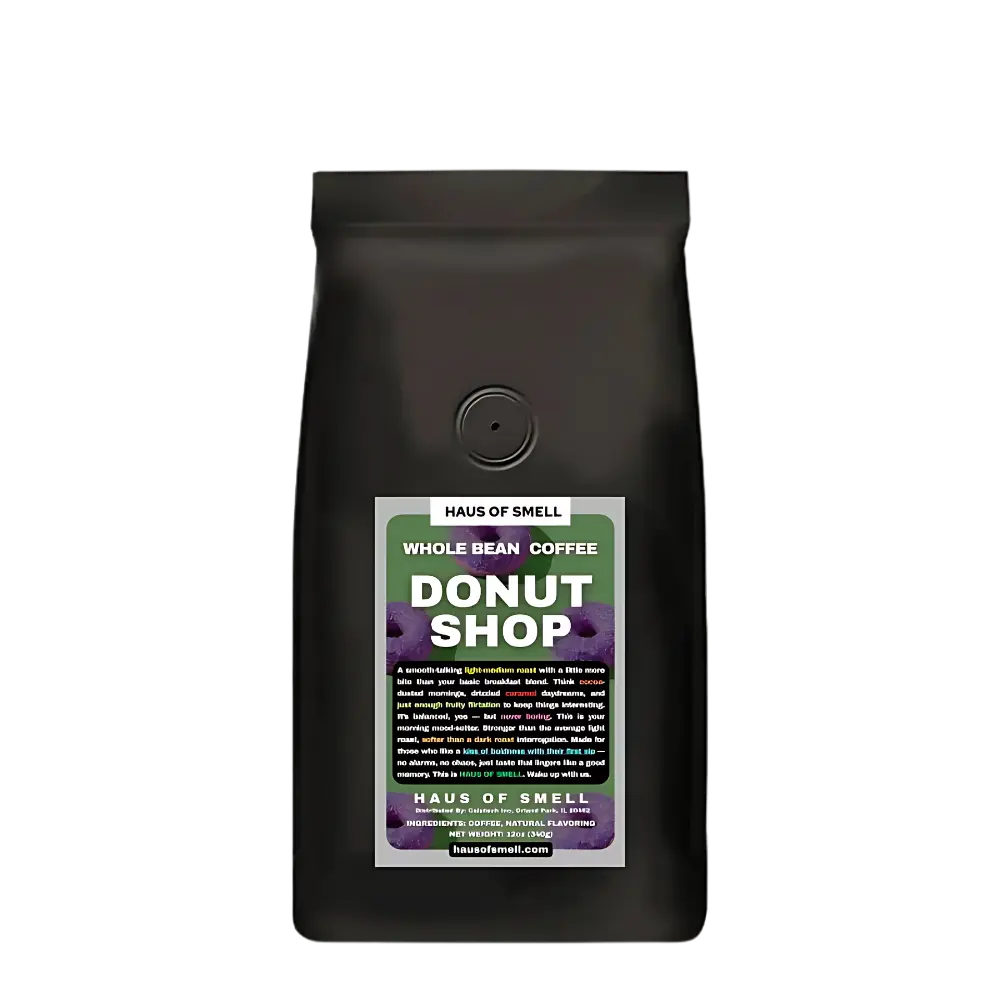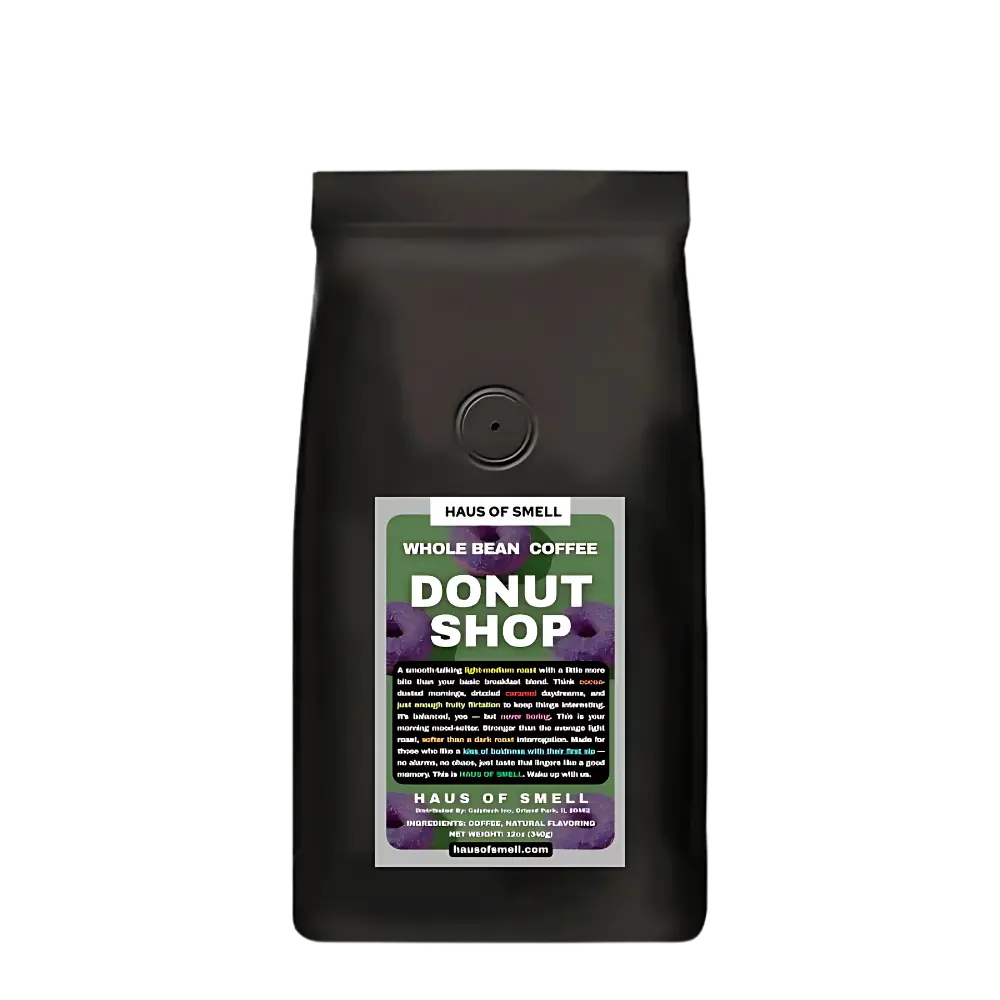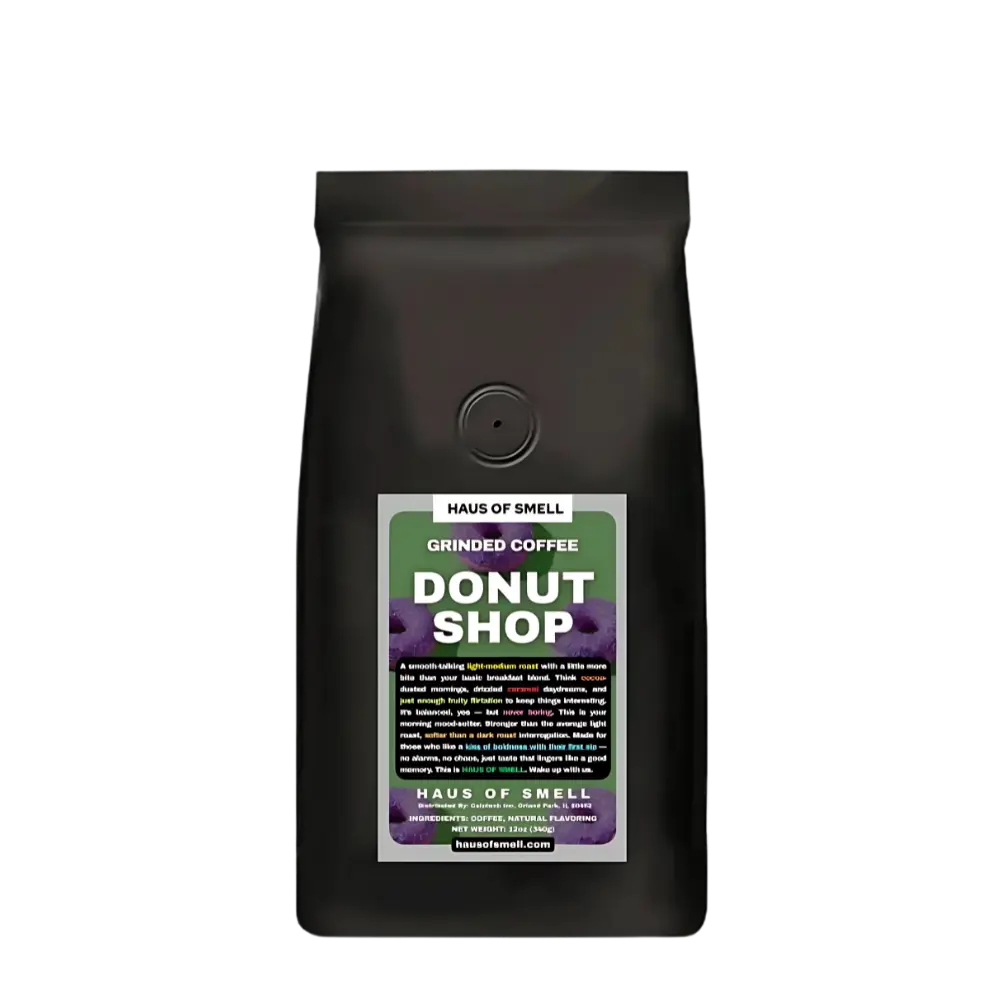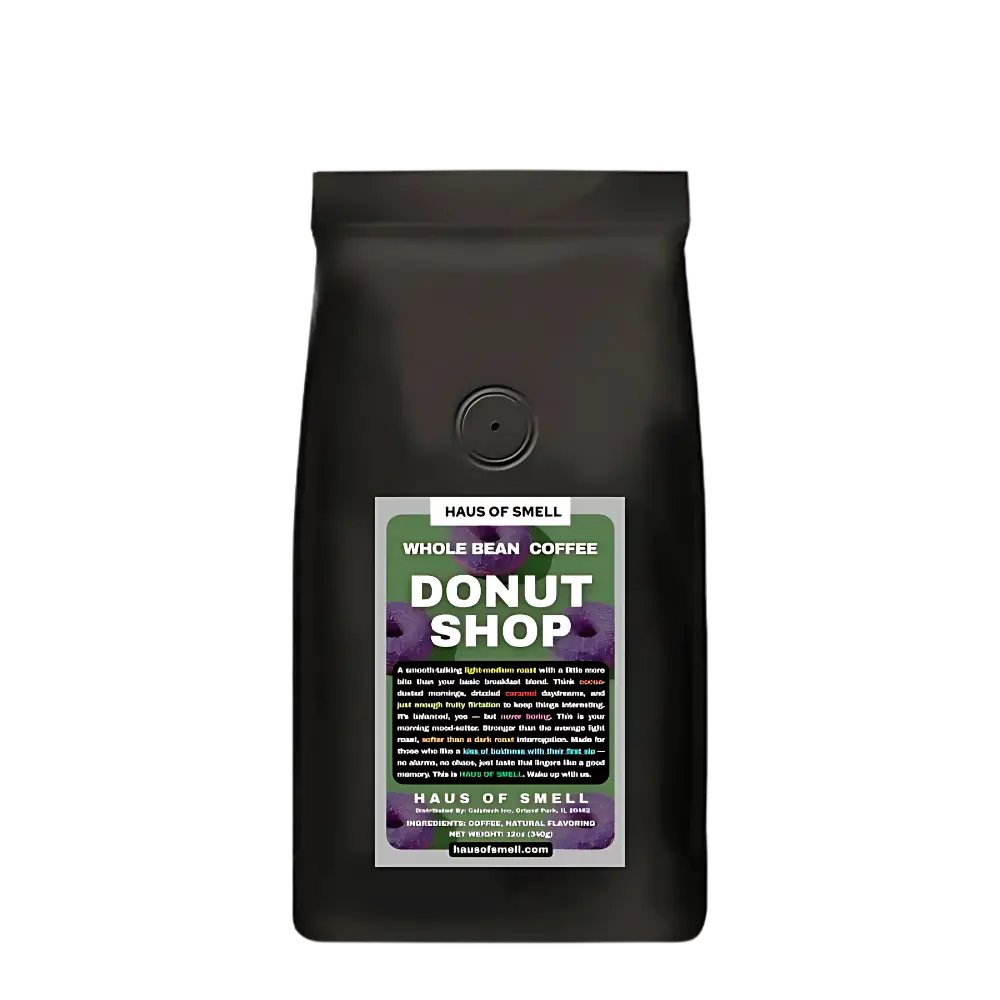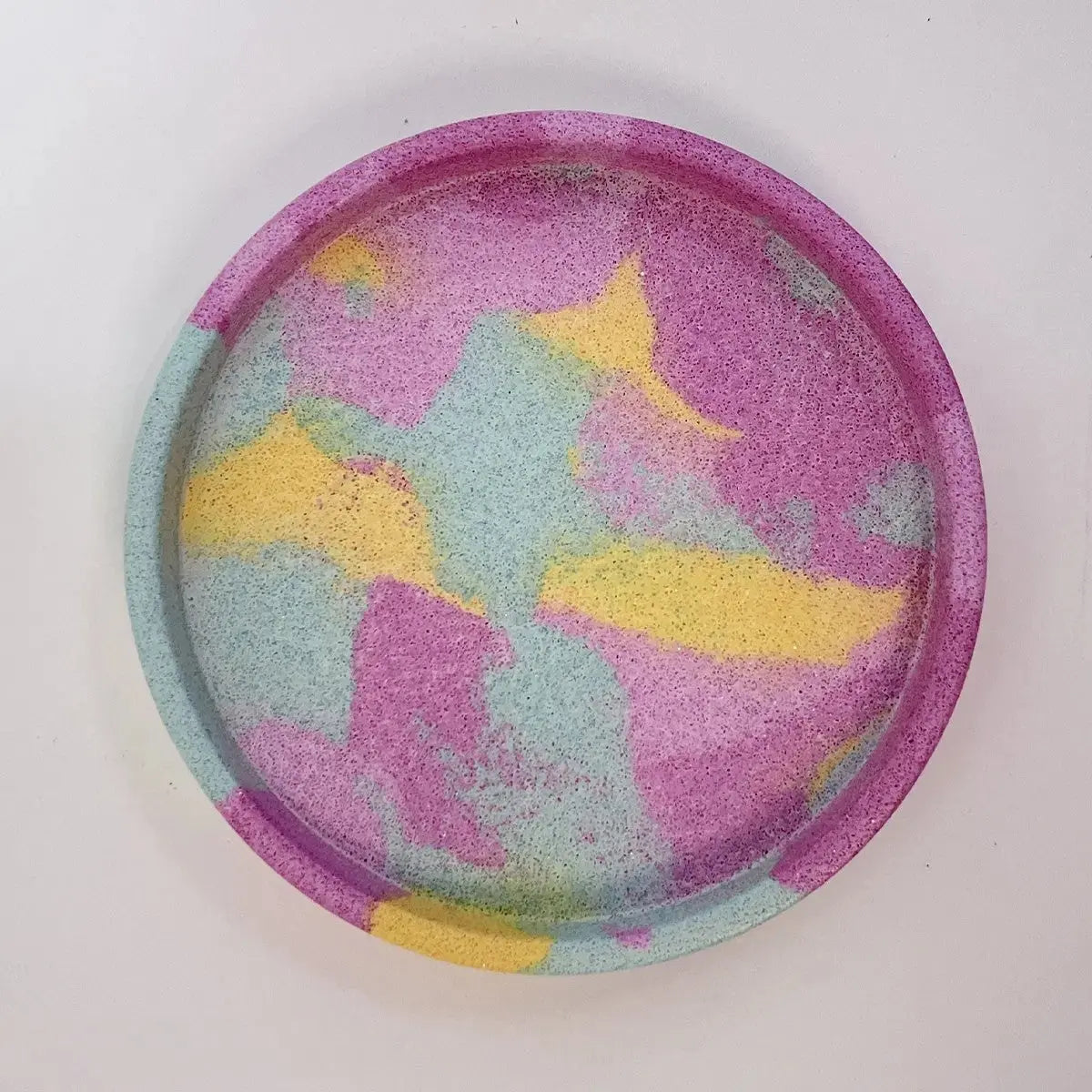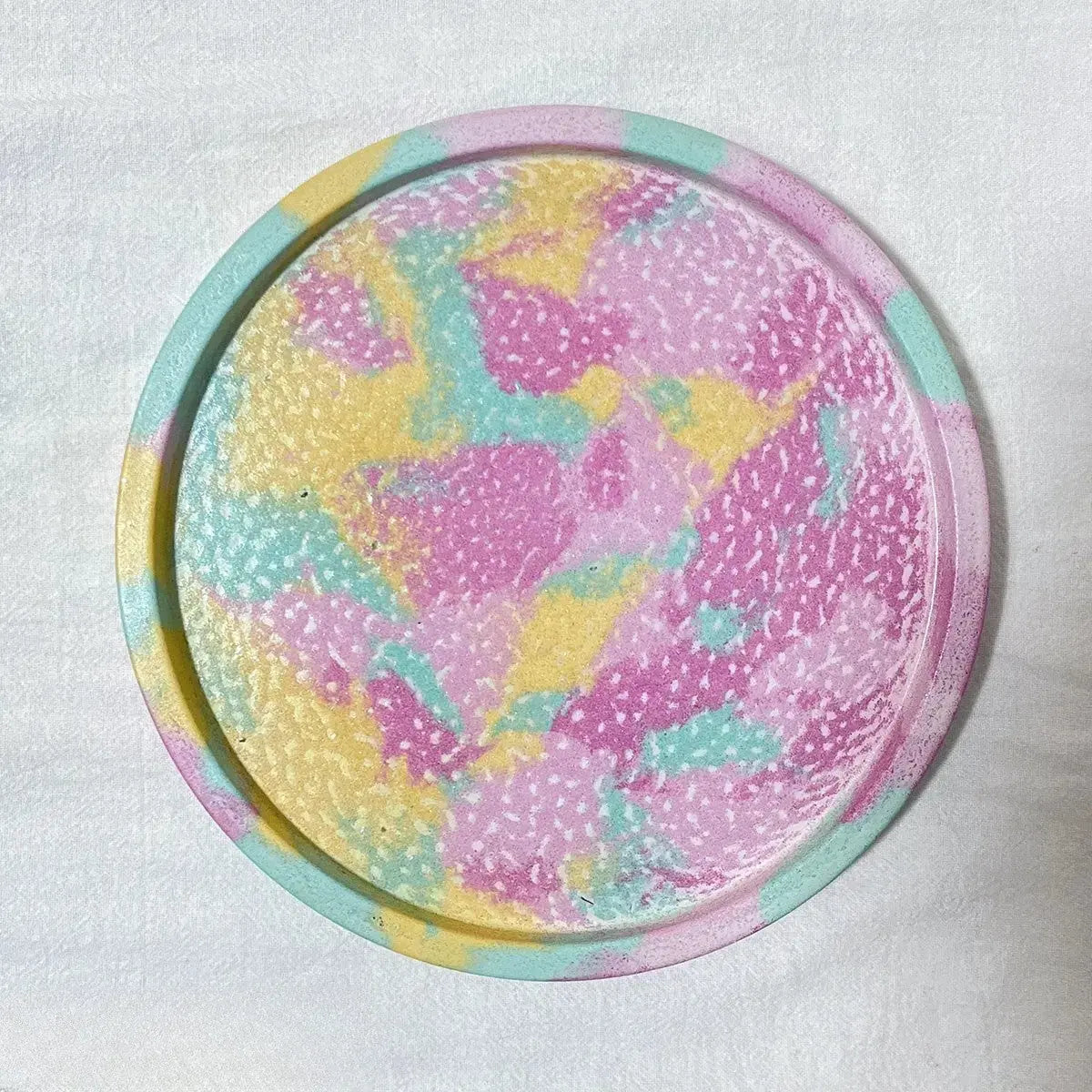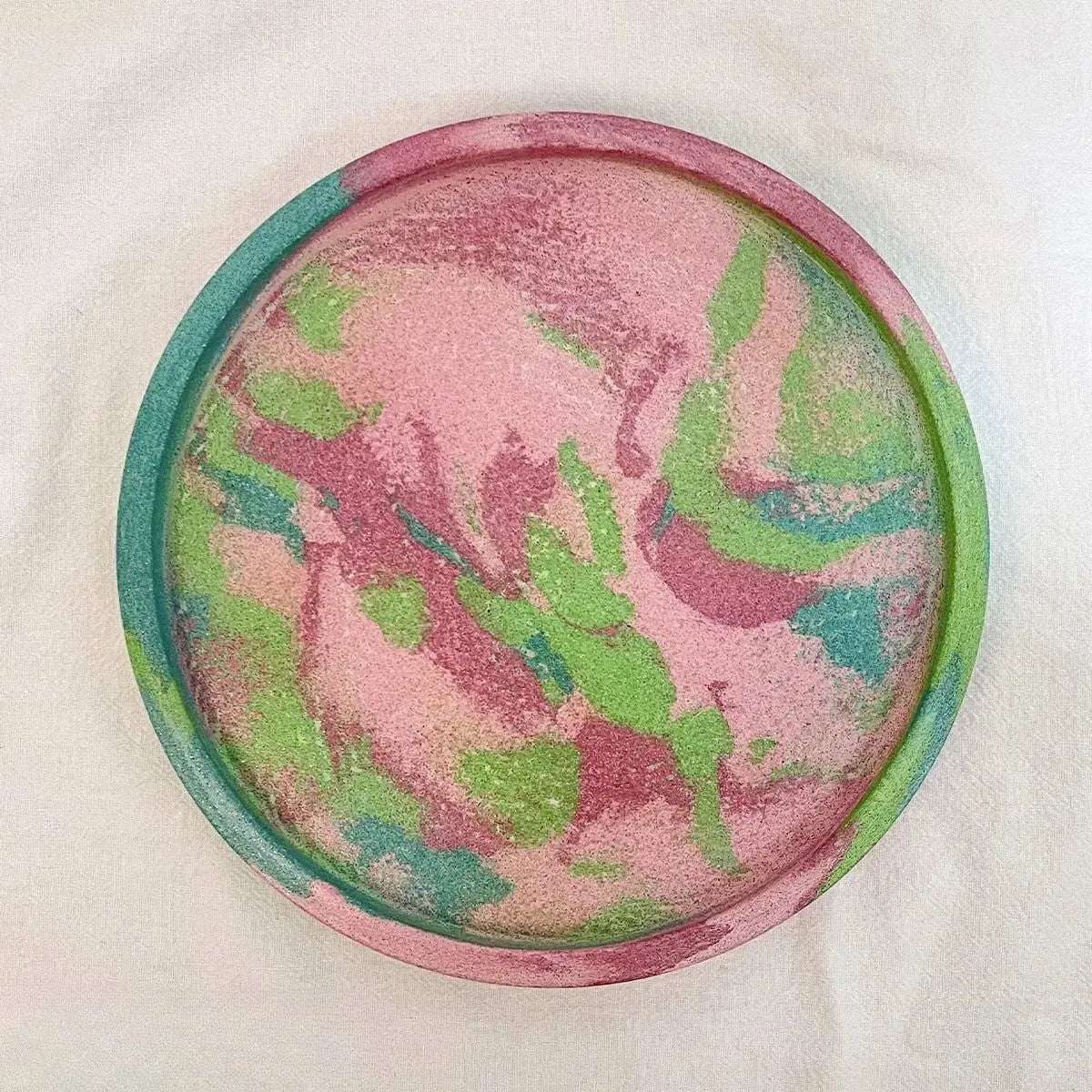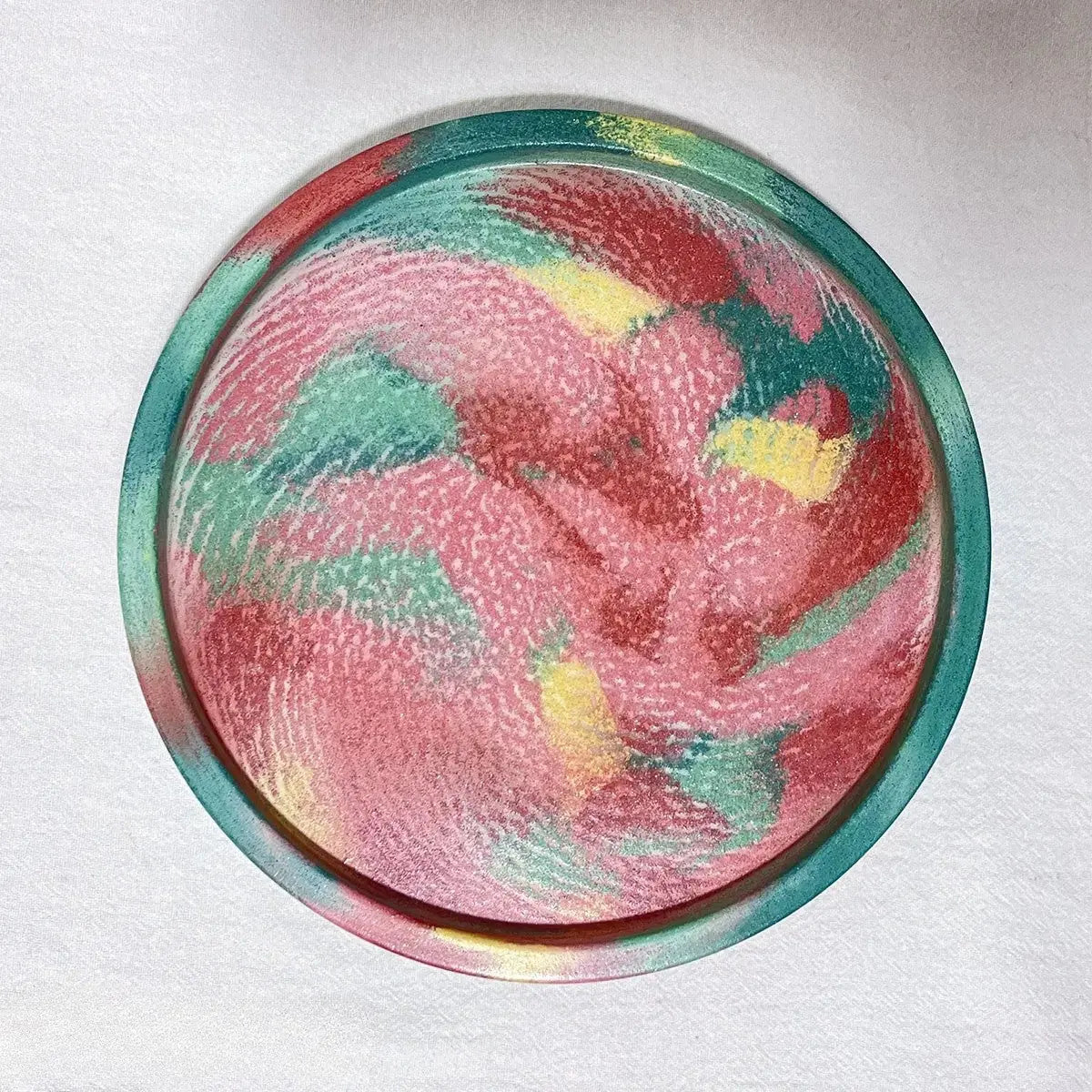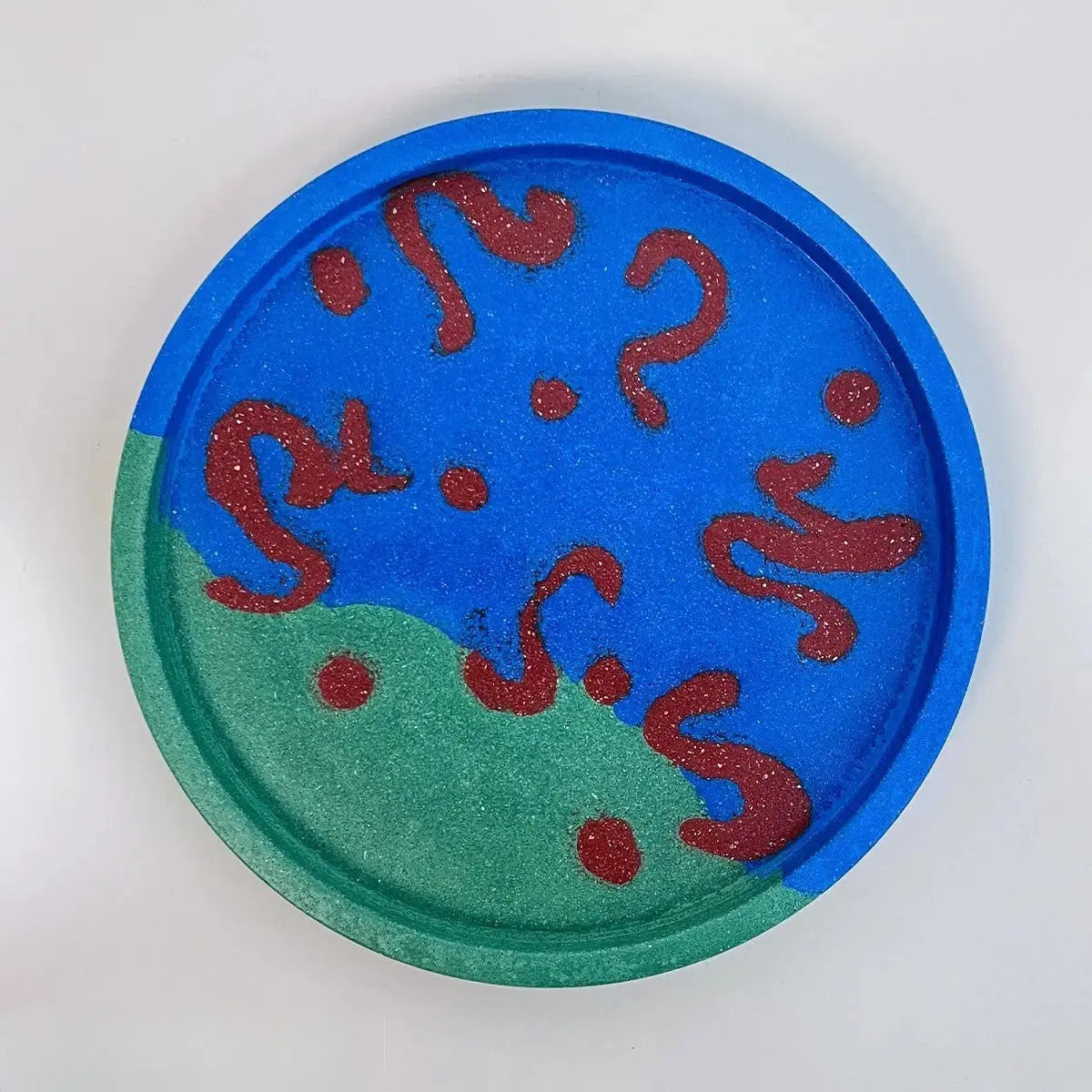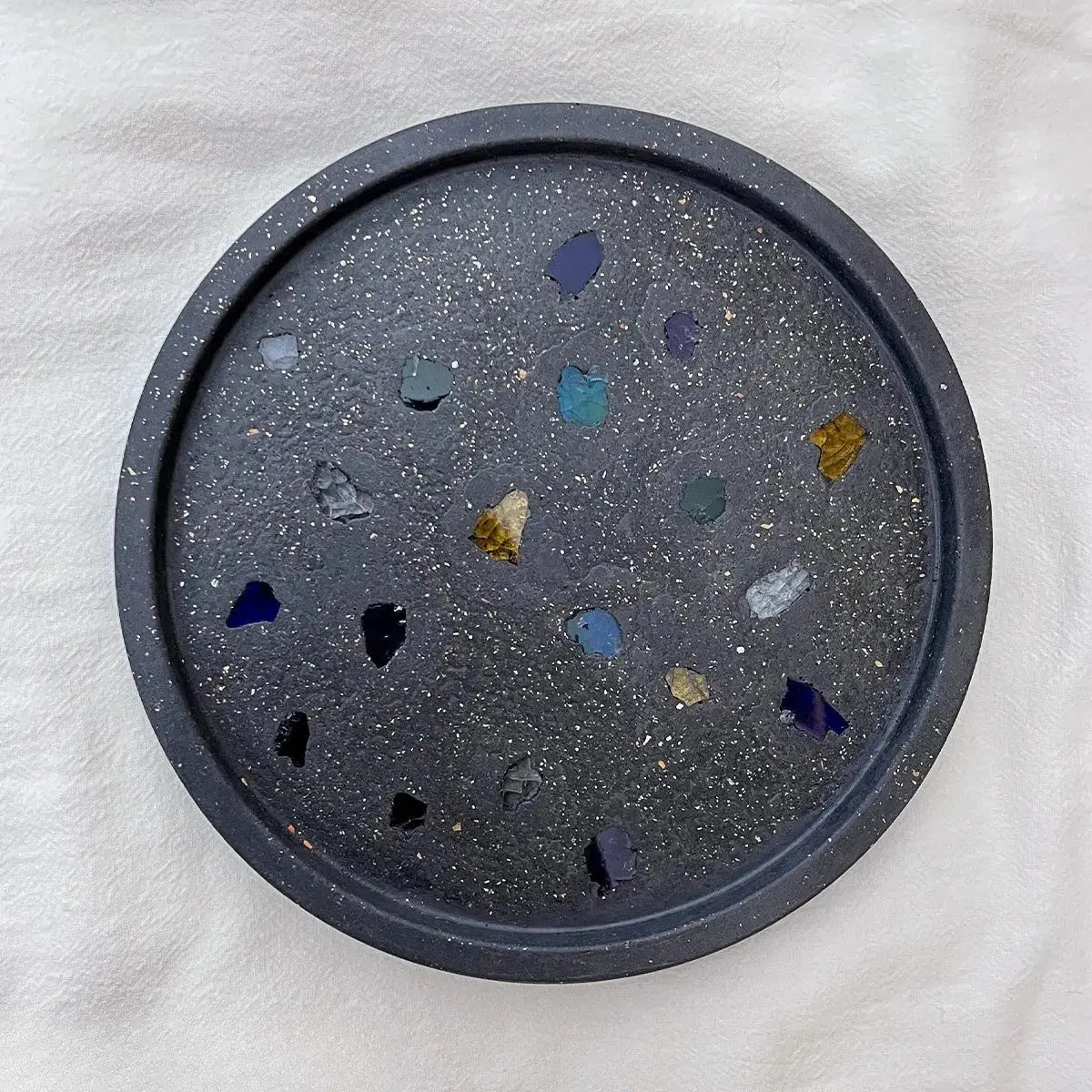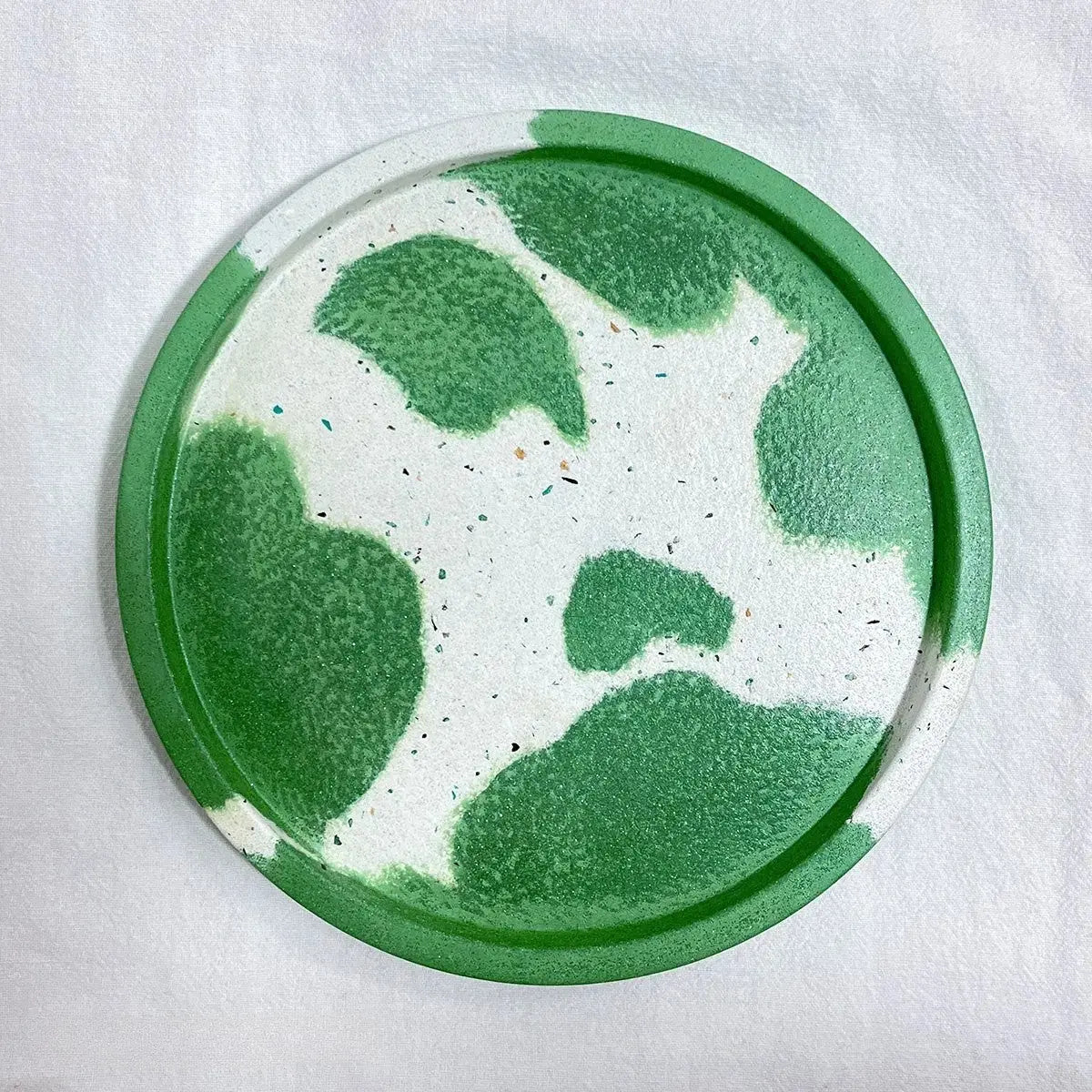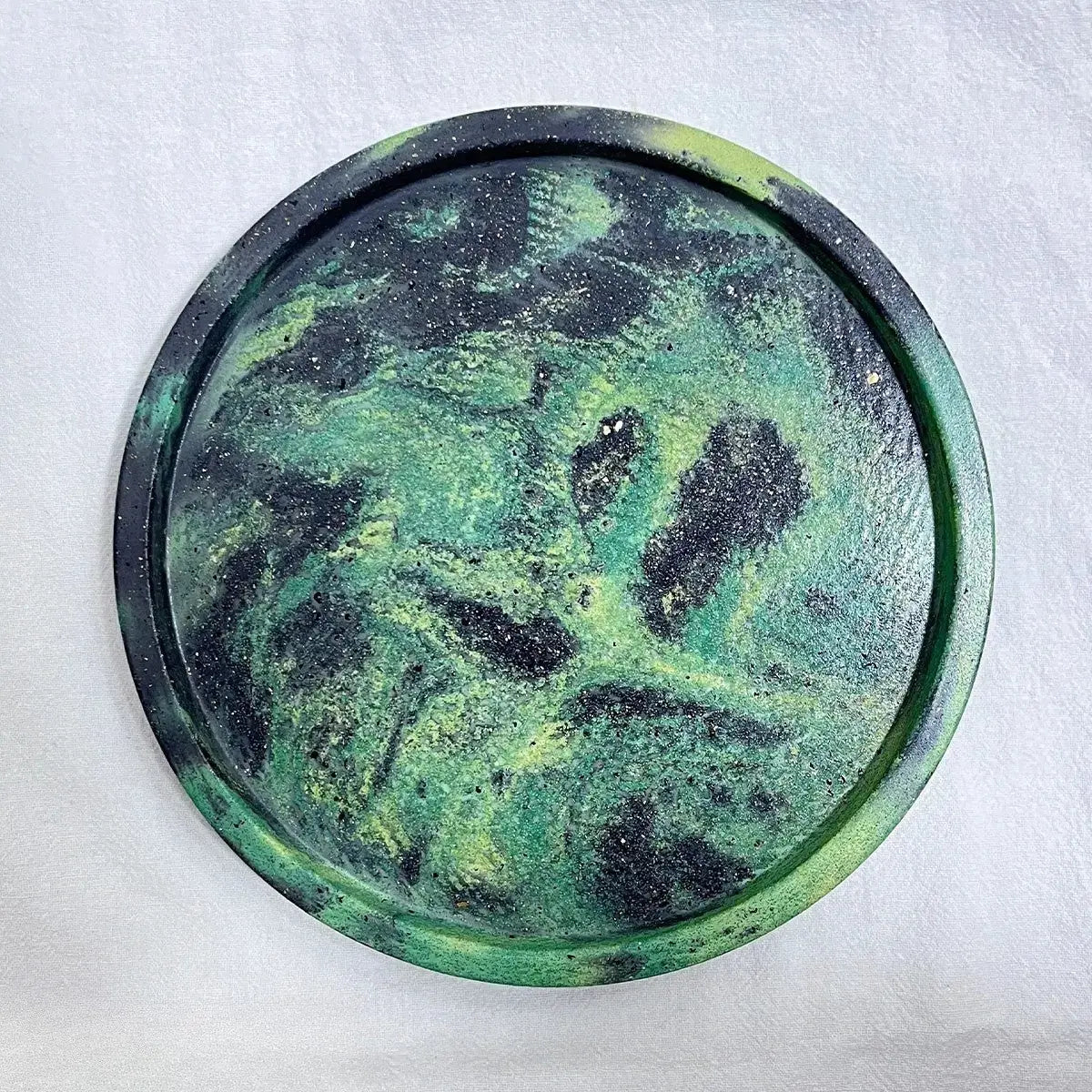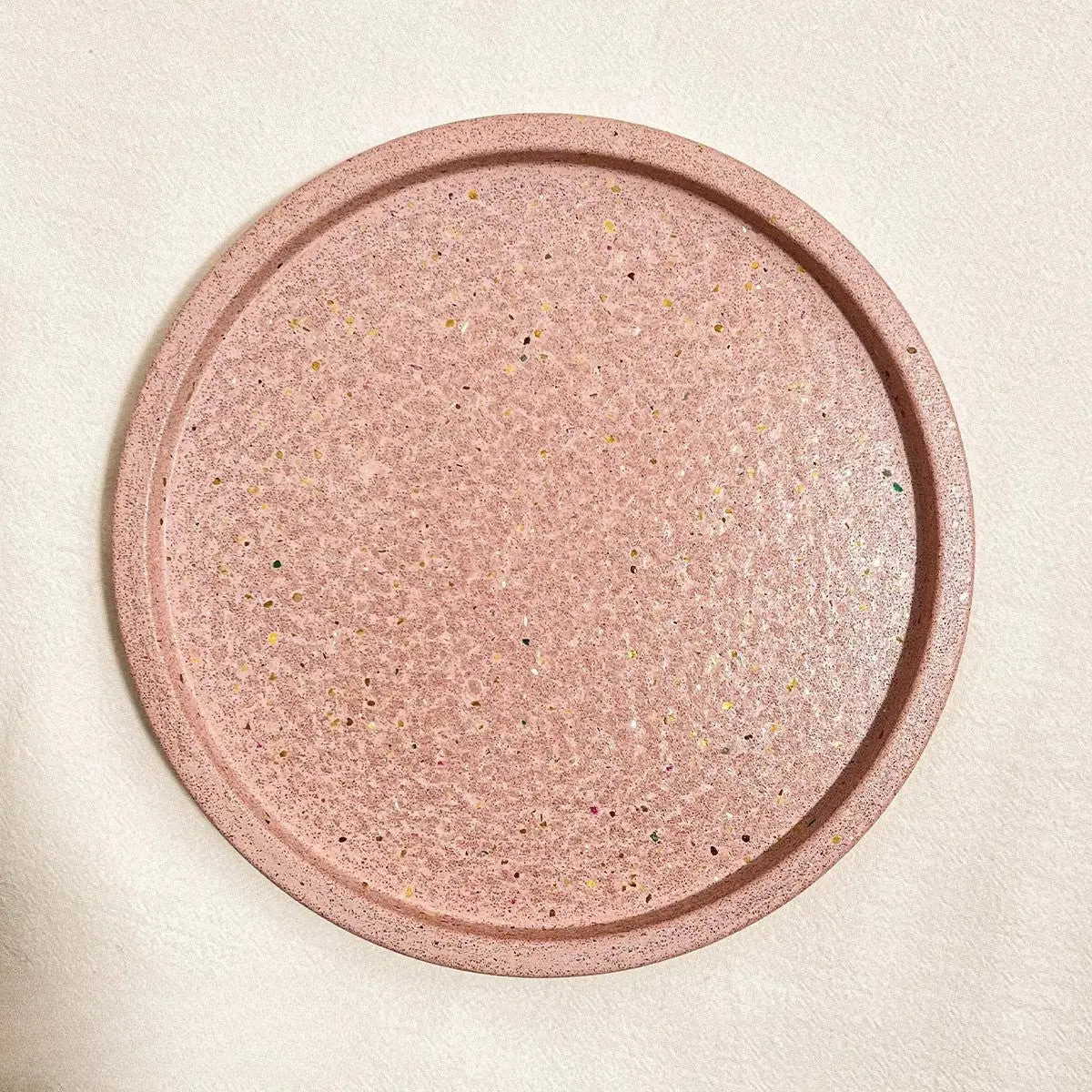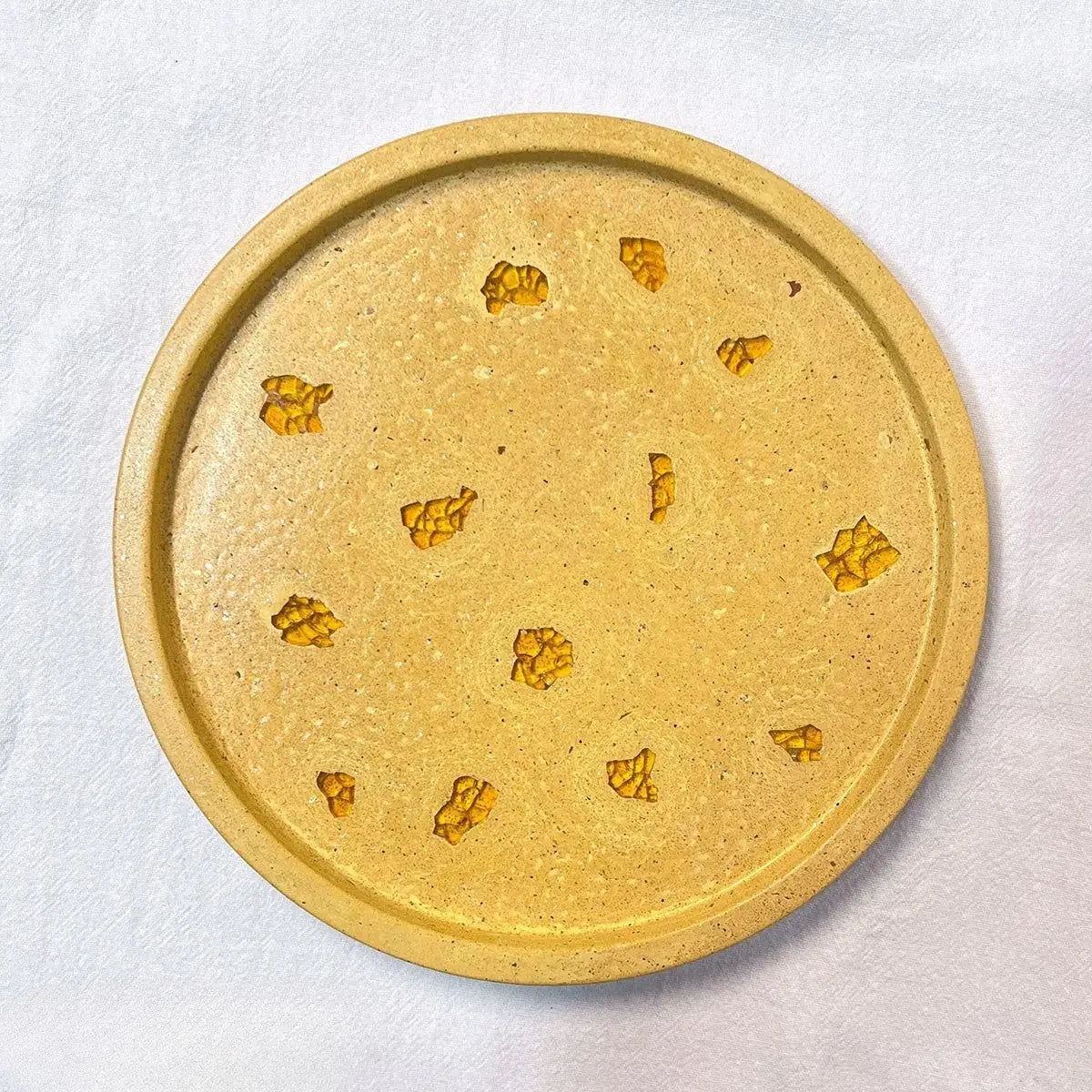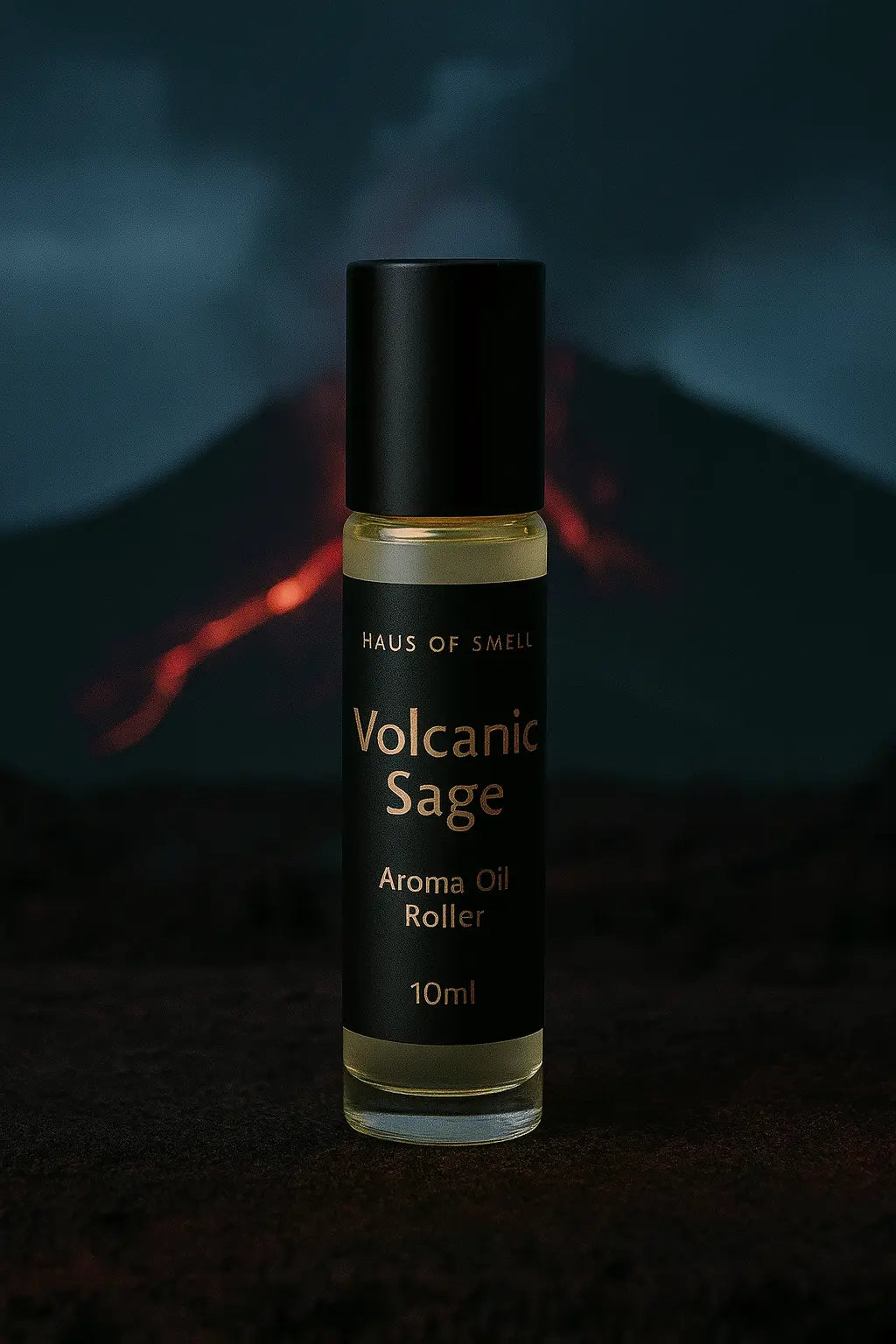A well-scented home isn’t merely a luxury—it enhances your mood, supports well-being, and makes your living spaces feel truly yours. Reed diffuser, aroma oils, and natural botanicals offer effortless and health-conscious ways to infuse daily life with fragrance. Let’s explore how to transform your environment, understand scent benefits, and avoid hidden dangers.
Scent’s Subtle Power: Why Fragrance Matters
Scents instantly alter how we feel, think, and respond to our surroundings. This isn’t just poetic; it’s backed by research. Aromas trigger the limbic system—our brain’s emotional center—affecting mood, stress, and even productivity. That’s why your home’s fragrance profile deserves thoughtful consideration.
- Uplifting scents like citrus or mint can boost energy.
- Floral and herbal aromas such as lavender and sage encourage calm.
- A signature fragrance gives your home personality and hospitality.
The Reed Diffuser: Effortless Aroma All Day
One of the most popular and practical approaches to scenting a home is with a reed diffuser. Consisting of a bottle of scented oil and natural reeds, this method gently disperses fragrance for weeks without flame, heat, or electricity. Its appeal lies in:
- Low maintenance: Just place the reeds, flip occasionally, and enjoy.
- Continuous scent: Unlike candles, fragrance is always present—no need for supervision.
- Safe for families and pets: No open heat source means fewer risks.
- Decorative versatility: Numerous vessels match any home’s style.
A reed diffuser works by capillary action. The reeds draw fragrance oil up and out, releasing scent slowly. This creates a background aroma that’s not overpowering yet always noticeable.
Aroma Oil, Perfume, and Home Fragrance: What’s the Difference?
You’ll see many terms—aroma oil, essential oil, perfume oil, and home fragrance. While related, they serve different purposes and have varying benefits.
- Aroma Oils: Broadly refers to blends of natural and synthetic ingredients designed for fragrance. For reed diffusers, these oils should be safe for inhalation over time.
- Perfume/Fragrance Oils: Typically intended for personal fragrance, these can be complex blends of botanicals, synthetics, and fixatives. Some can cause irritation if used in diffusers.
- Essential Oils: Extracted from plants, herbs, flowers, or spices. They’re favored for purity and therapeutic benefits but should be used thoughtfully—some are potent or allergenic.
Always check that the oil type is appropriate for reed diffusers. Not all essential or fragrance oils are safe for continuous air diffusion.
Nature’s Palette: Green Perfume, Botanicals, and Herbaceous Smells
“Green perfume” conjures images of lush meadows, crisp leaves, and freshly cut herbs. This trend in home fragrance favors botanical and herbal notes that channel vitality and natural tranquility.
- Popular Green Scents:Basil: Clarity and alertness.Rosemary: Stimulates memory.Eucalyptus: Invigorates and clears airways.Sage: Earthy, grounding aroma.Mint: Refreshing, energizing.
A reed diffuser filled with green perfumes or botanical blends keeps rooms lively and connects you to the great outdoors, even in urban homes.
Essential Oil Benefits: More Than Just a Nice Smell
Essential oils don’t just provide pleasant scents; many offer wellness benefits when used properly. Popular in aromatherapy, essential oils support both physical and mental health.
- Lavender: Reduces anxiety and promotes sleep.
- Peppermint: Invigorates, may aid focus and relieve headaches.
- Lemon: Brightens mood, feels clean and uplifting.
- Tea Tree: Offers antimicrobial support (ideal for kitchens and bathrooms).
While a reed diffuser provides gentle, ongoing exposure—unlike direct topical use or steam inhalation—it can have subtle supportive effects on well-being.
Are There Dangers in Perfume and Home Aroma Oils?
Scenting your home should never come at the expense of safety. Unfortunately, some perfumes and home aroma products contain ingredients that may be harmful with repeated use.
- Synthetic Fragrances: Some contain phthalates, parabens, or solvents. These can trigger headaches, allergies, or respiratory issues.
- Essential Oil Risks: Highly concentrated oils are powerful. Misused or undiluted, some can cause skin or lung irritation.
- Natural Doesn’t Always Mean Safe: Botanicals are potent; for example, pets may react poorly to certain plant oils (like tea tree or eucalyptus).
To minimize risks:
- Choose reputable brands with transparent ingredients.
- Opt for reed diffuser blends free from harsh chemicals.
- Ventilate your home and avoid over-saturating small rooms.
- If you have allergies or asthma, test with one diffuser in a well-ventilated area first.
Reed Diffuser Tips: Getting the Most from Your Aroma Oils
To maximize the benefits and longevity of your reed diffuser, try these best practices:
- Placement Matters: Choose spots near entryways, living spaces, or bathrooms—not right next to fans or open windows.
- Flip the Reeds Regularly: Every week, turn the reeds to refresh the scent. Replace with new reeds every two to three months for best results.
- Control Intensity: Use fewer reeds for a subtler aroma, more for a stronger scent.
- Keep Away from Sunlight: Heat and direct light degrade oils quickly.
- Refill Wisely: Don’t mix oil brands or scents unless you’re certain they’re compatible, as this can affect diffusion and safety.
Customizing Your Home Aroma Experience
Every home and personality is unique, and your chosen reed diffuser recipe should reflect your lifestyle.
- For Serenity: Try blends with chamomile, sandalwood, or vanilla.
- Focus and Productivity: Rosemary, peppermint, and lemon are popular for home offices.
- Fresh and Clean: Eucalyptus, lemongrass, and pine keep communal areas bright.
- Cozy Comfort: Warming oils like cinnamon, cardamom, or clove bring autumnal comfort.
Explore single-note oils or creative blends. You might also layer a reed diffuser with other scenting methods (like beeswax candles or sachets) for a multi-dimensional effect—just be sure scents harmonize rather than clash.

How to Select a Quality Reed Diffuser
With so many choices, focus on these criteria for a smart, health-conscious purchase:
- Ingredient List: Opt for products listing all fragrance components—no mystery blends.
- Oil Base: Mineral oil bases are common but seek out plant-based carriers like fractionated coconut or almond oil for a greener option.
- Reed Quality: Natural rattan reeds are best for consistent diffusion.
- Vessel Design: Choose a container that won’t tip easily and matches your room’s decor.
- Brand Transparency: Favor brands open about sourcing and safety standards.
A reed diffuser is an investment in ambiance and health—choose thoughtfully, and your senses will thank you.
Caring for Your Reed Diffuser and Space
Maintaining your reed diffuser ensures both maximum scent and a safe indoor environment.
- Clean Up Spills Quickly: Reed diffuser oil can damage surfaces.
- Monitor Oil Level and Replace As Needed: Ongoing use dries out scents or reeds over time.
- Store Refills Properly: Essential oils degrade with time, heat or light exposure, so keep them in cool, dark places.
By integrating these habits, you ensure your home always strikes the right balance of freshness and comfort.
Conclusion
A reed diffuser makes it simple to introduce beautiful, healthful fragrances into your home, harnessing the power of aroma oils and botanicals for well-being. Choose quality ingredients and safe scents to shape an environment that supports your lifestyle and uplifts every day.
